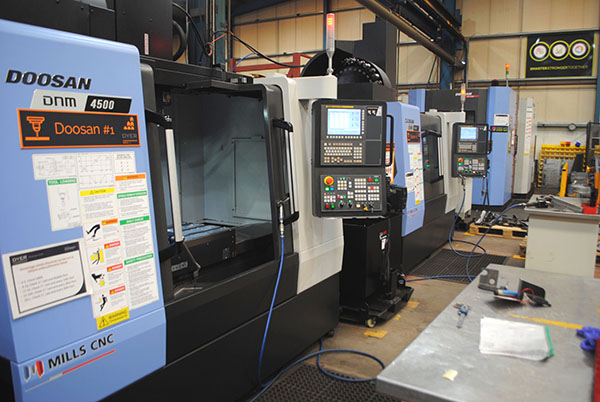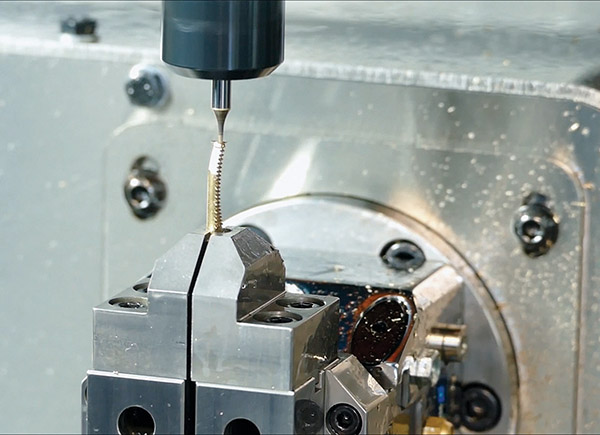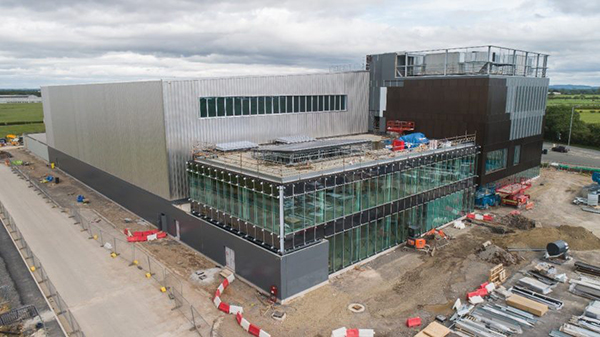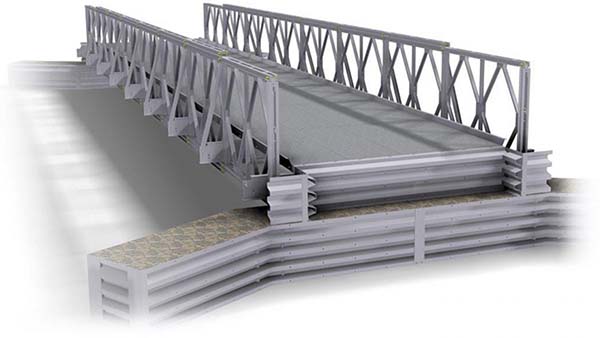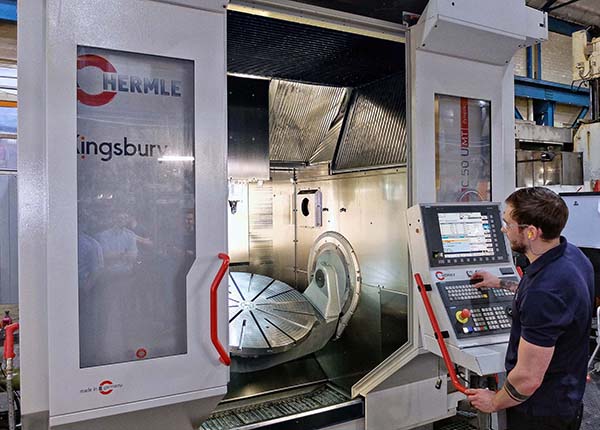Mills CNC has recently supplied Dyer Engineering, a precision manufacturer located in the northeast of England, with five Doosan machine tools.

The machines – three Doosan DNM 4500 vertical machining centres, one Doosan DNM 6700 large-capacity vertical machining centre and one Lynx 2100LMB lathe equipped with driven tooling and supplied with a barfeed – have been installed at Dyer Engineering’s 100,000 ft2 split-site manufacturing facility in Stanley, County Durham.
All five machines were selected for their reliability, productivity, cutting performance, competitive price, ready availability, and the service and aftersales support provided by Mills CNC. The decision to make such a significant investment in capital equipment followed an internal audit undertaken by Dyer Engineering. It was intended that the audit would identify any weaknesses or potential production ‘pinch points’ that could affect the company’s ability to meet its future growth objectives and ambitions.
Says Leigh Foulger, BatchLine Division lead: “We are committed to continuous improvement and, as such, continually monitor and benchmark all aspects of our performance. The audit results revealed that some of our existing CNC machine tools, while still performing adequately were, owing to their age, becoming less reliable and more prone to breakdown. We knew that the situation, if not addressed, would only become more acute over time and so we decided to ‘grasp the nettle’ and make the significant investment required to address our weaknesses and improve our machining capabilities in one fell swoop.”
Although Dyer Engineering does not necessarily push its machines to deliver exacting part accuracies (typical tolerances required are ±0.2 mm), they can be in operation around the clock and, as such, have to be reliable performers in order to meet OTIF arrangements made with customers.
For further information www.millscnc.co.uk






